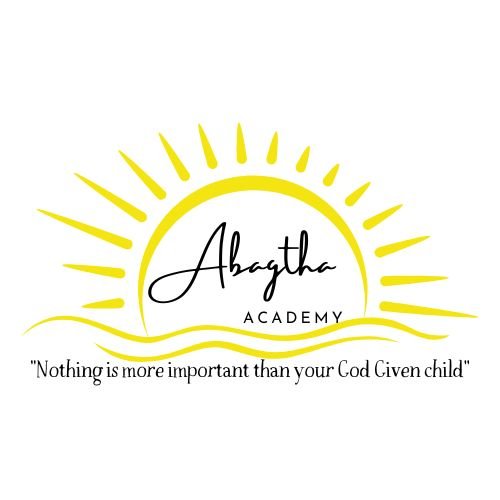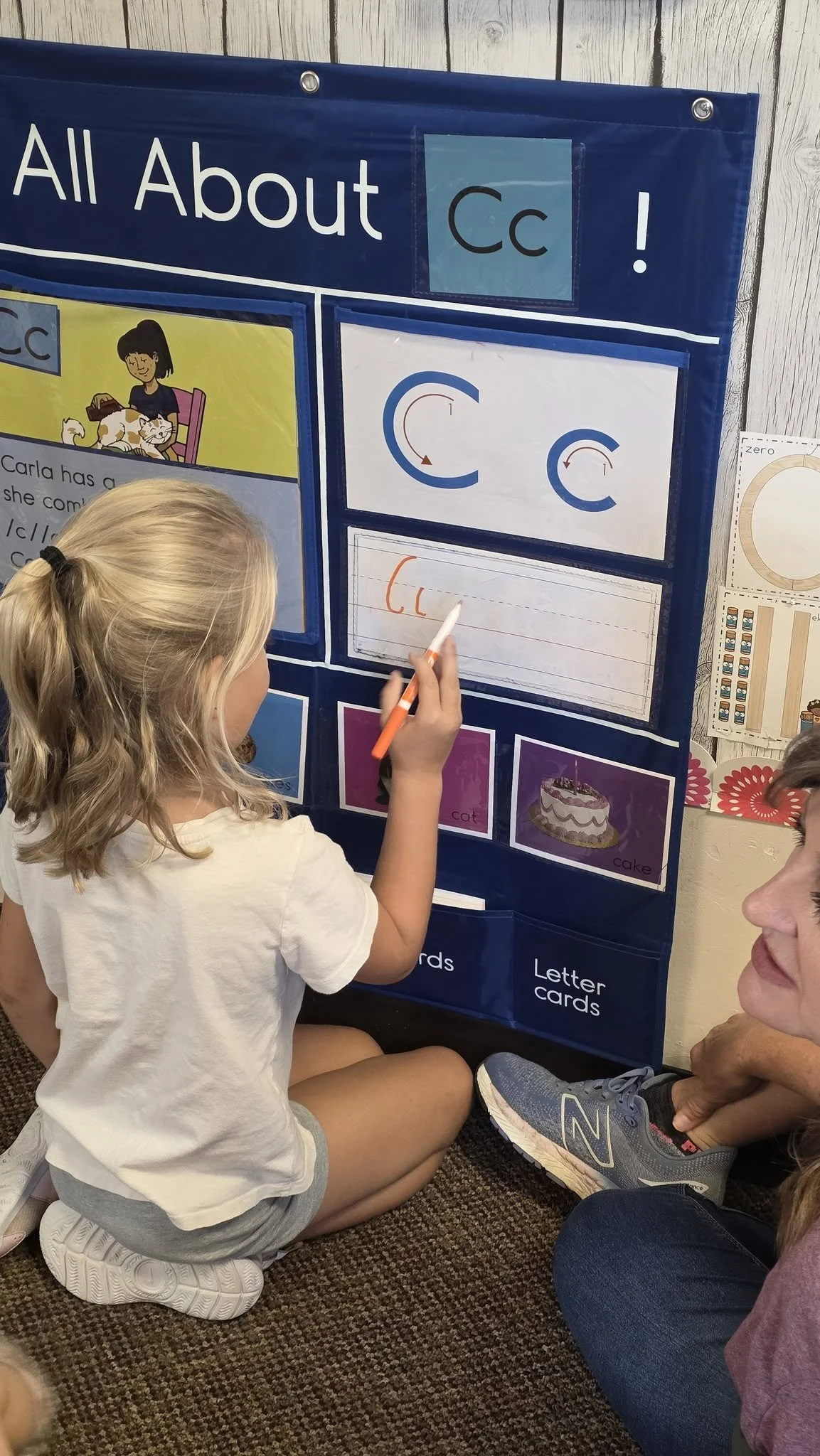Playful Phonics: Creative Ways Our Lower Elementary Students Explore Letters and Sounds
Learning to read begins long before students open their first book. For our Lower Elementary learners at Abagtha Academy, phonics is an exciting journey filled with discovery, movement, and play. When children can confidently recognize letters and connect them to their sounds, they build the foundation for strong reading and writing skills.
At Abagtha Academy, we believe that learning should feel joyful, so we infuse phonics with creativity, hands-on exploration, and engaging activities that spark curiosity.
Why Playful Phonics Matters in Early Literacy
Phonics is more than just memorizing letters. It helps students understand the building blocks of language. When children learn letter recognition, letter-sound relationships, and blending, they develop essential decoding skills that support reading fluency.
Playful phonics supports early literacy by:
Building confidence as students master skills step by step
Strengthening memory through multisensory activities
Encouraging independence as learners begin recognizing words
Making learning enjoyable, which boosts motivation and retention
When phonics feels fun, children stay engaged, and engagement leads to deeper learning.
Creative Phonics Activities at Abagtha Academy
1. Letter Recognition Games
Alphabet scavenger hunts, sorting activities, and matching games make learning letters fun and active. Whether students are searching for hidden letters or pairing uppercase and lowercase cards, these lively activities strengthen early literacy skills.
2. Sensory-Based Exploration
Young learners thrive with hands-on experiences. Using sand trays, playdough letters, magnetic boards, and textured alphabet cards, students build letter familiarity in a way that strengthens both memory and motor skills.
3. Story-Based Sound Exploration
Teachers highlight target sounds and letter patterns during story time. Hearing phonics patterns in context helps students understand how letters work together while also building a love for reading.
4. Sound Blending Activities
Students practice blending with simple CVC words using sound tiles, tapping routines, and sliding cards. These activities help students connect individual sounds and read full words smoothly.
5. Music, Rhythm, and Movement
Songs, chants, clapping patterns, and movement-based activities bring phonics to life. Music helps reinforce sound patterns while keeping energy high and learning enjoyable.
How Play Supports Long-Term Reading Success
Research shows that play-rich learning environments strengthen language development, memory, and content mastery. By making phonics interactive:
Students stay motivated
Learning becomes meaningful
Skills transfer more easily into independent reading
Children develop a positive relationship with literacy
At Abagtha Academy, we aim to nurture confident readers who enjoy exploring language from the very beginning.
Final Thoughts
Phonics at Abagtha Academy is more than a lesson, it is an adventure. Through creative, child-centered activities, our Lower Elementary students discover the joy of letters and sounds every day. By making phonics playful and engaging, we set our young learners up for long-term reading success and a lifelong love of literacy.



